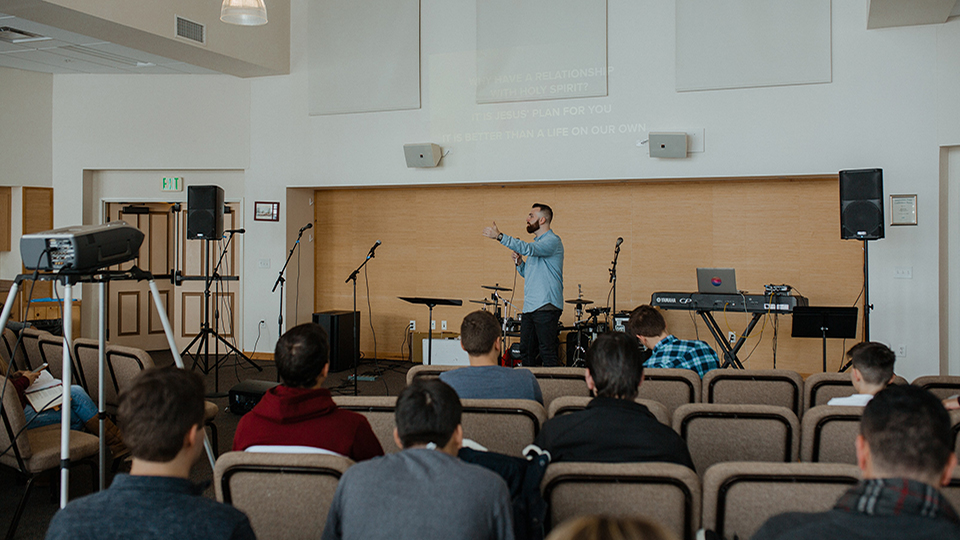
Entire books have been written on the subject of Guest Assimilation, so fully tackling such a huge issue in a short blog isn’t realistic. But most of us who lead local churches need to get the basics down so we can begin building our effort. Here’s four key rites of passage for the guest.
Week 1 – Connection
If you will ever get to take a first-time guest all the way to deep participation in the life of your church, you have to make a connection—and you have to make it on their first visit. Most studies tell us that you have 7-12 minutes to connect with a guest before they begin to finalize their first impression of your church. So immediate and meaningful contact is essential. A quick handshake and a smile is great, but never enough. Have hosts or greeters on hand whose only assignment is to connect with guests. Use others as general greeters and “bulletin-passer-outer guy.” Someone has to connect meaningfully if you’ll ever get to take step two.
Weeks 2-4 – Relationships
If you make a connection, and if their experience of your church’s ministry is generally positive, you have better than a 50-50 chance that your guest will return. But a third visit will only happen if the potential for relationships is evident. People need to make friends if they are going to keep coming back. Studies show that people who “stick” in a church typically make 5-7 real friends in the first few months, while those who leave had fewer than 2 friends in your church. Connecting people to people has to happen and it must happen quickly. Of course, in a truly friendly church, this is a lot easier.
Weeks 6-8 – Involvement
One of the reasons people come to church is to find purpose. They want to matter, they want to be a part of something that matters, and they want to do something that matters. So getting your new friends involved in something begins to let the glue dry that’s sticking them to your church. Small groups, community ministry efforts, and fun activities are key ways to open this opportunity. Regardless of the size of your church, connecting people with smaller groups will help your guests feel like they are needed and valued—and someone might notice if they stop coming around.
Weeks 10-12 – Contribution
Singing in the choir isn’t for everyone. Neither is volunteering in the children’s ministry. But people need to feel they are making a contribution if they are going to engage your church consistently. Remember that if I just attend a church for my own benefit and enjoyment, I have little reason to attend regularly. Going to church becomes like going to the movies—I go when I feel like it or having nothing else going on, BECAUSE NO ONE NEEDS ME TO BE THERE! Helping people find ways to participate allows them to feel needed and valued—and it’s the point when the church I attend starts becoming MY church.
When you look at these four goals and see the tight timetables attached to each step, you begin to see that you must have a plan for assimilation.
Want more ThoughtHub content?
Join the 3000+ people who receive our newsletter.
*ThoughtHub is provided by SAGU, a private Christian university offering more than 60 Christ-centered academic programs – associates, bachelor’s and master’s and doctorate degrees in liberal arts and bible and church ministries.



